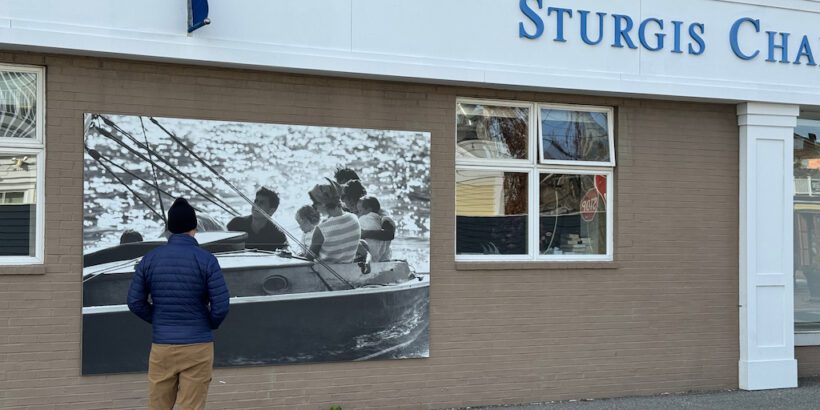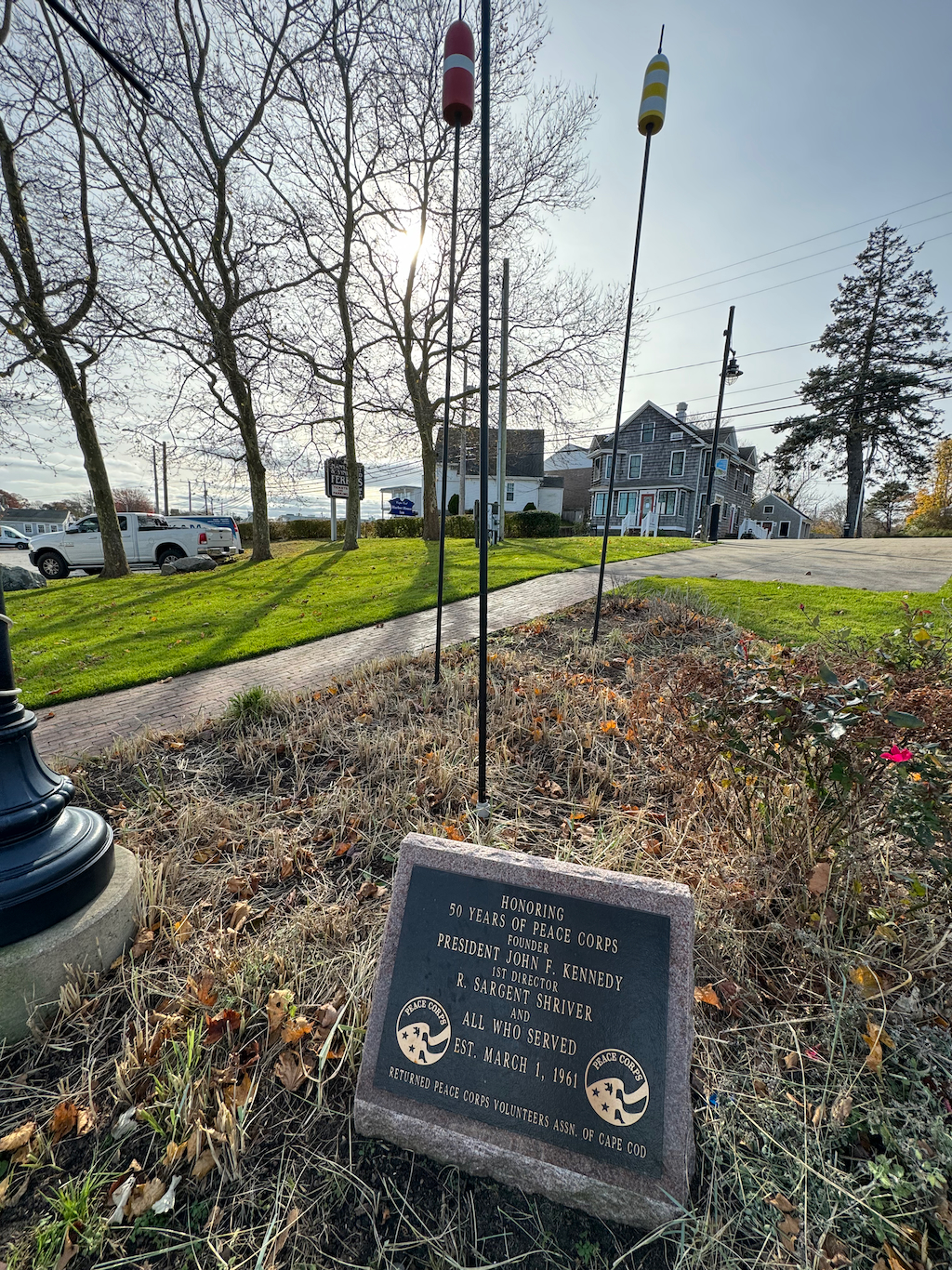In recent years, we’ve been delving into the JFK legacy across different spots. Whether retracing the final days of Kennedy’s life or diving into the JFK Presidential Library and Museum, we’ve encountered a wealth of his legacy and gleaned insights into his life.
When news about the Hyannis Kennedy Legacy Trail in Port Hyannis, Massachusetts crossed my radar, it was a no-brainer for us to check it out. This piece is all about unpacking the details of this legacy trail and offering a sneak peek into what awaits if you’re keen on exploring it.
What is the Kennedy Legacy Trail?
The Kennedy Legacy Trail, located in Hyannis and stretching across 1.6 miles, takes you on a journey through the illustrious history of the Kennedy family and their Cape Cod legacy.
Along the way, you’ll encounter ten distinct stops, conveniently clustered in close proximity to each other. These stops encompass a diverse range of attractions, from museums to memorials and historical markers.
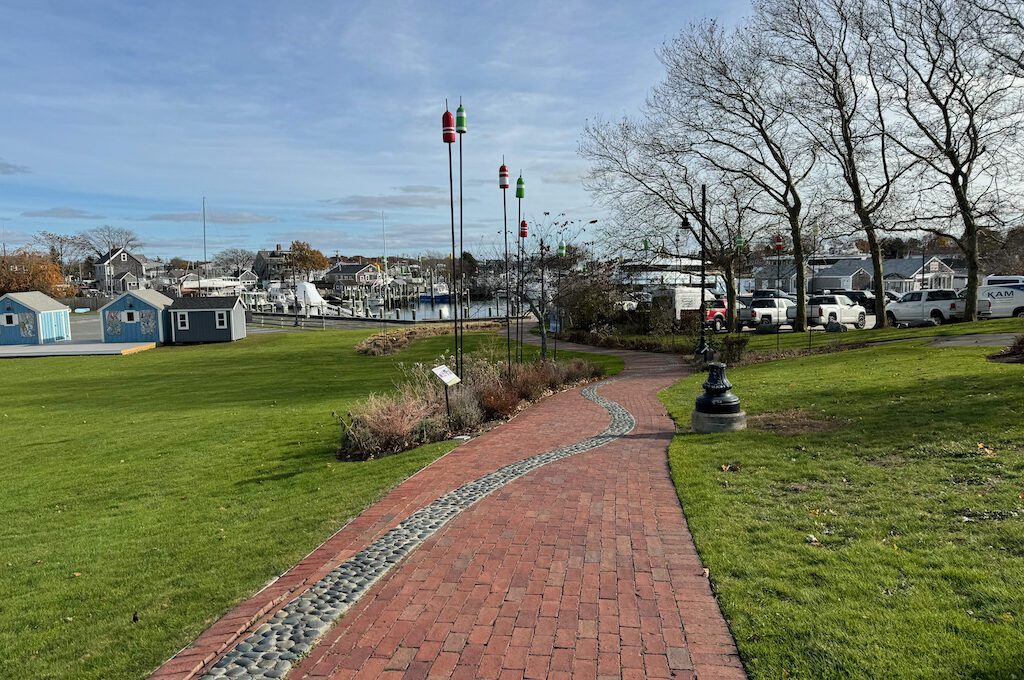
Exploring the Kennedy Legacy Trail
Embarking on the Kennedy Legacy Trail kicks off at the Hyannis JFK Museum, a more intimate counterpart to the sprawling JFK Presidential Library and Museum. Here, the spotlight is on JFK’s ties to Cape Cod and Hyannis Port, offering a more localized lens on the iconic figure.
Greeting visitors outside the museum is the striking JFK Forever Statue, a poignant tribute encapsulating the unique bond JFK shared with Cape Cod. The statue serves as a visual ode to his penchant for finding solace and clarity on the shores of Cape Cod, a cherished retreat where he often sought refuge and deliberated on significant decisions.
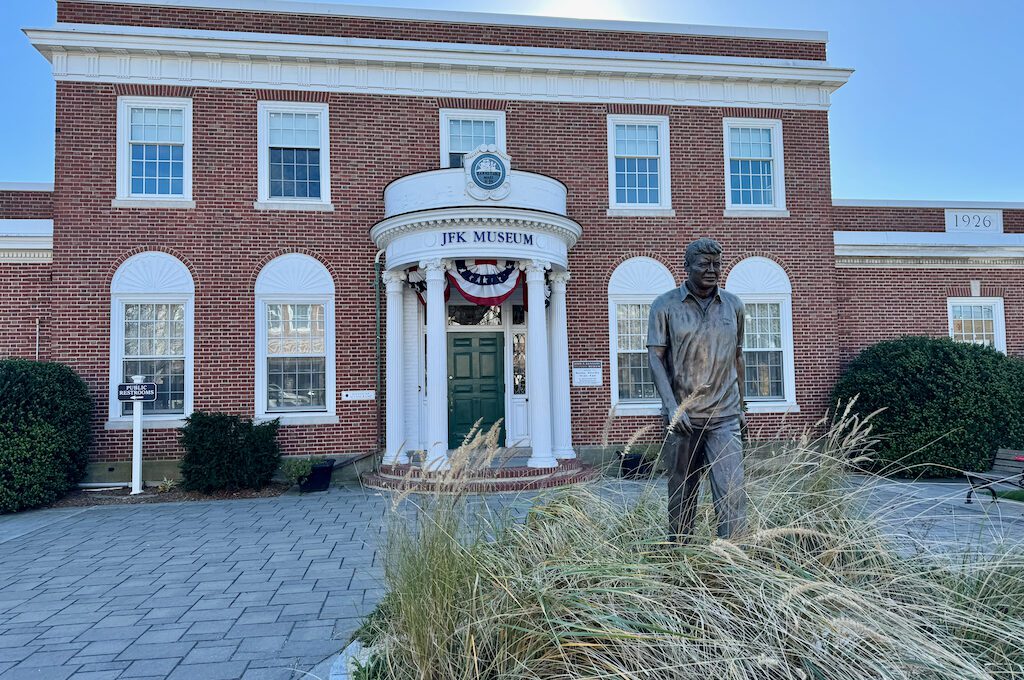
Inside the museum, delve deeper into the narrative surrounding the famed Kennedy Compound.
Back in 1928, Rose Fitzgerald Kennedy and Joseph P. Kennedy Senior laid claim to a six-acre parcel in Hyannis Port. Fast forward, and the Kennedy brothers, JFK and Robert, expanded their familial domain by acquiring adjacent residences.
This compound served as JFK’s headquarters during his 1960 presidential campaign, echoing the retreat vibes of the LBJ White House in central Texas. Beyond its political significance, it became a sanctuary for the Kennedy clan, a retreat visited after JFK’s tragic assassination and during pivotal life events like Caroline Kennedy’s wedding.
While officially off-limits to the public, there’s an ongoing debate about accessing a private way (read more here). Consequently, a favored method for catching a glimpse of the compound is hopping on a private boat tour.
The essence of the Hyannis JFK Museum lies more in narrating the tales and contextualizing the background of JFK rather than showcasing a trove of artifacts.
However, there was a notable exception—an extraordinary temporary artifact graced the museum in the form of the JFK Rocking Chair from the Waldorf Astoria. Normally found in the hotel’s presidential suite, this iconic chair took a detour to the museum due to ongoing renovations at the Waldorf Astoria.
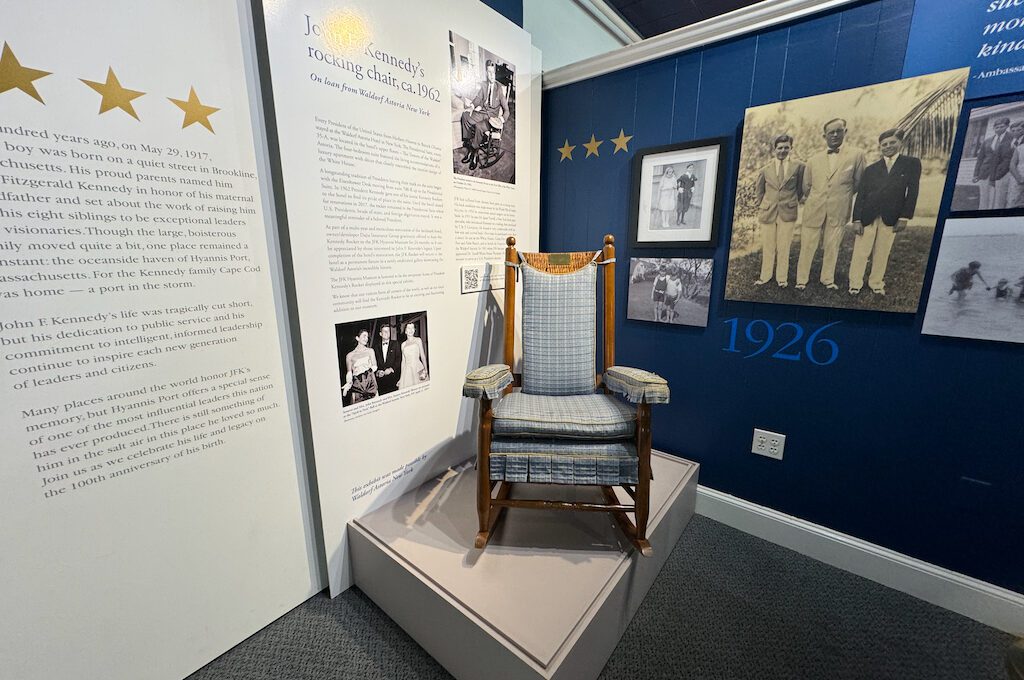
Following the trail will lead you to Main Street at a designated intersection. It’s at this juncture that you can transport yourself back to the vibrant scene of 1960. Picture the streets teeming with fervent supporters of John F. Kennedy, alongside a multitude of journalists who likely lodged in the hotels lining Main Street.
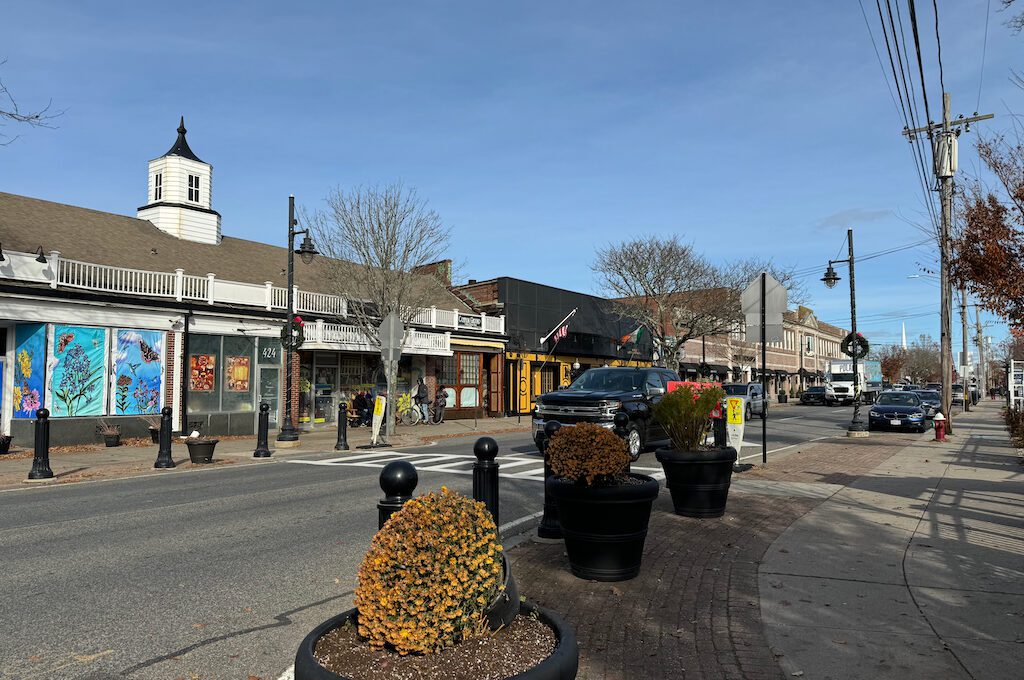
There are also some large photos to admire on the side of the charter school.
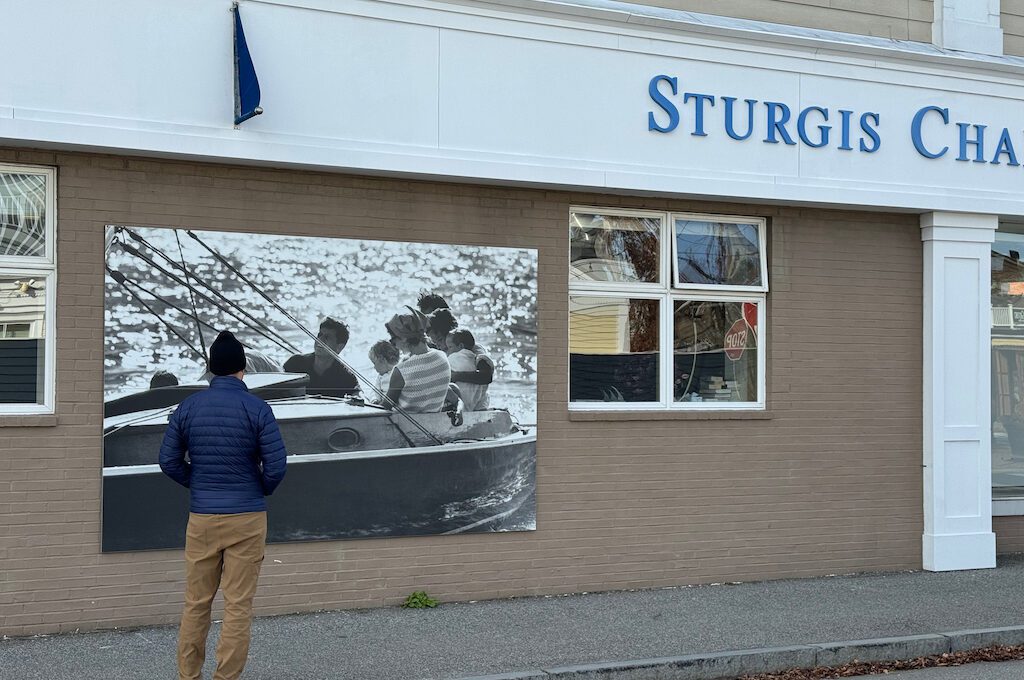
Take a brief pause outside an art gallery paying homage to Rose Kennedy, the formidable matriarch of the Kennedy clan. Legend has it that every rose dotting the area serves as a tribute to this influential figure.
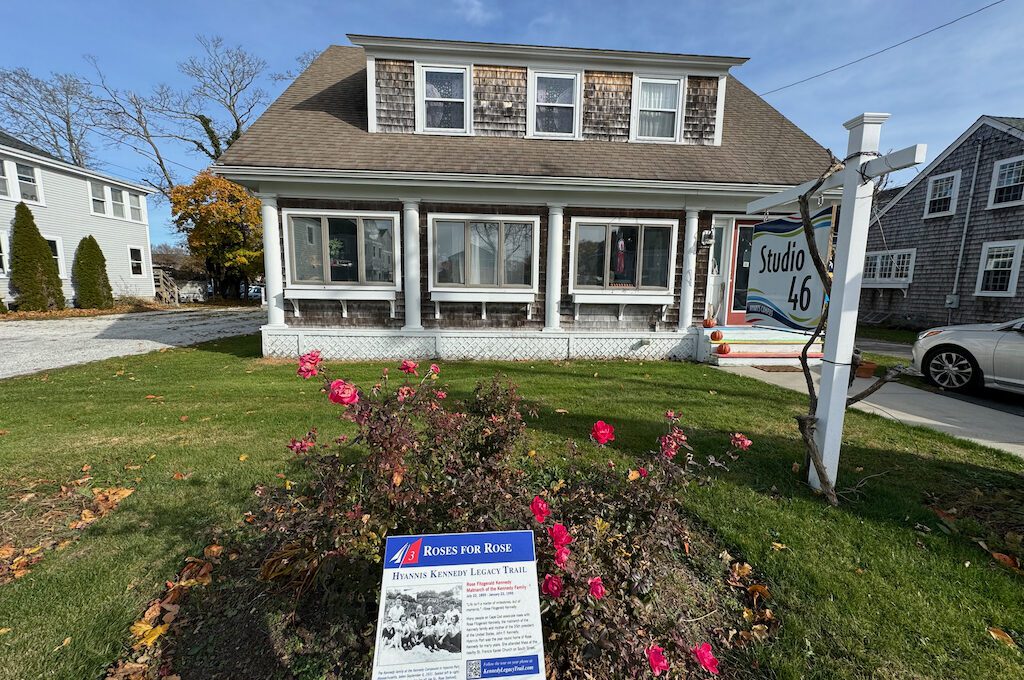
Continuing along the trail, you’ll come across the Kennedy Church, formally known as St. Francis Xavier Church.
This sacred space held special significance as the family’s Catholic spiritual hub. Rose Kennedy was a regular attendee at masses here. During the summertime, President JFK would join her for Sunday mass with the Secret Service flanking him in the rows both ahead and behind.
Moreover, this church bears the solemn memory of being the venue for the funeral service of Joe Kennedy Junior, the Kennedy family’s first-born son, who tragically lost his life in World War II in 1944. We were not able to go inside but I believe an entire pew is dedicated to the Kennedys.
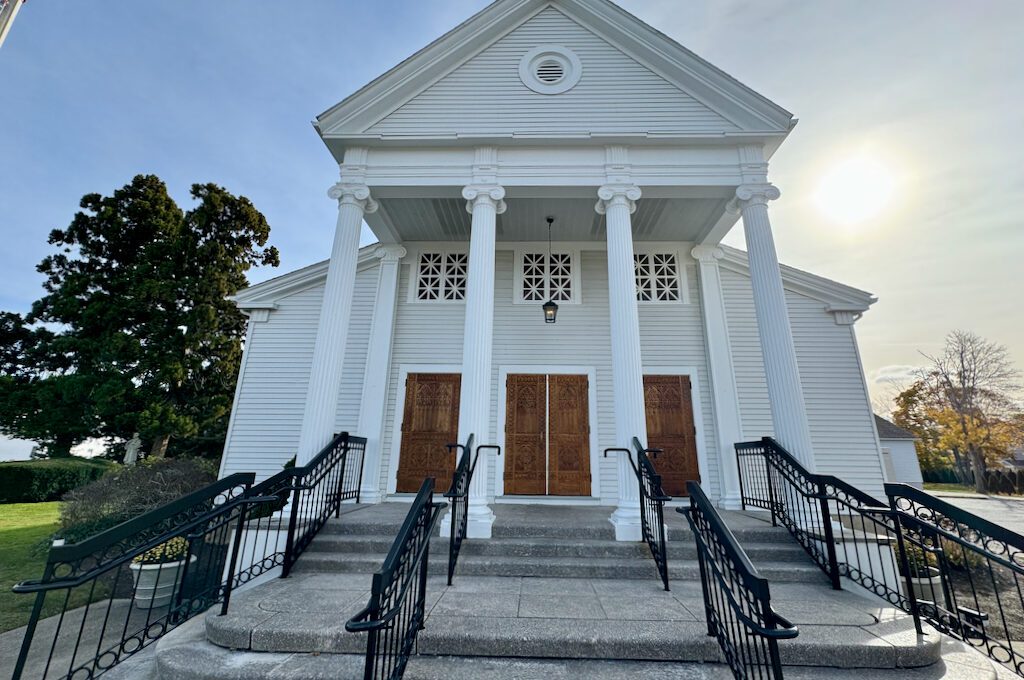
Continuing along the trail, you’ll stumble upon the Hyannis Armory—a notable spot where, in 1960, JFK celebrated his electoral triumph with an acceptance speech, having learned about his victory while at his Hyannis Port residence.
Erected in 1958, this structure served as the headquarters for Battery D of the 680th Triple-A Machine Gun Battalion of the Massachusetts Army National Guard for many years. However, in 2008, ownership shifted to the state of Massachusetts. Now, the armory wears a vacant and seemingly abandoned air.
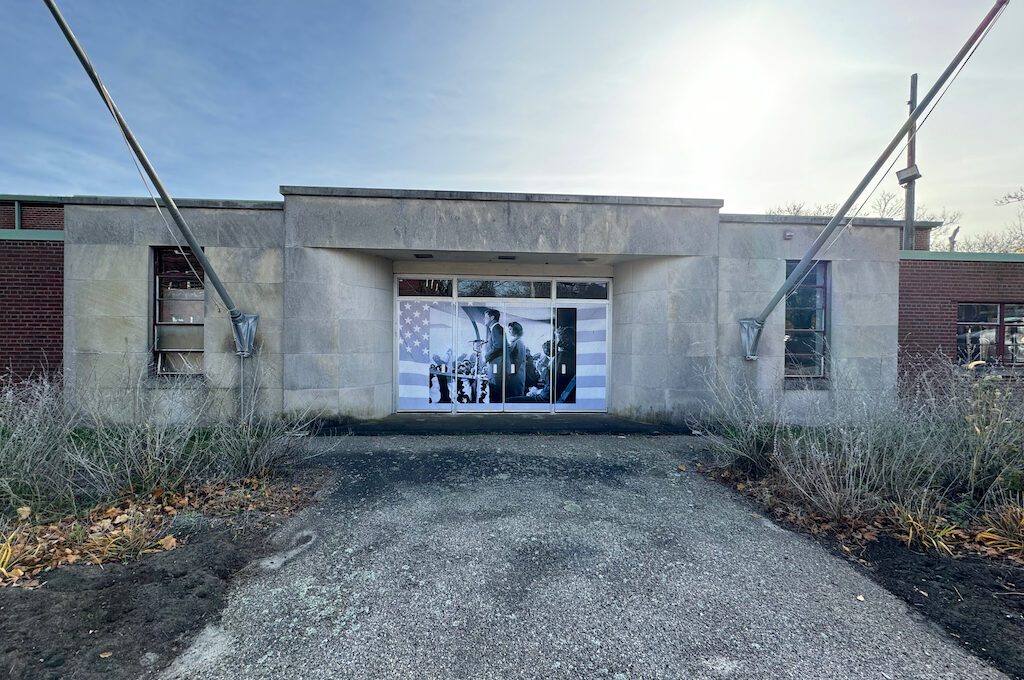
As you progress on the trail, keep an eye out for distinctive markers, like the one dedicated to the Cape Cod National Seashore.
Back in 1961, President Kennedy wielded his pen to authorize the creation of the Cape Cod National Seashore—a place he held dear as a long-time summer resident. This move was groundbreaking, marking the first instance of the federal government designating national parkland from an area predominantly under private ownership.
Despite the challenges, the effort bore fruit, and today, the seashore sprawls across over 43,000 acres, attracting over 4 million visitors annually. Our own adventure led us along the Province Lands Bike Path, the inaugural national park bike path, offering a thrilling journey through breathtaking landscapes.
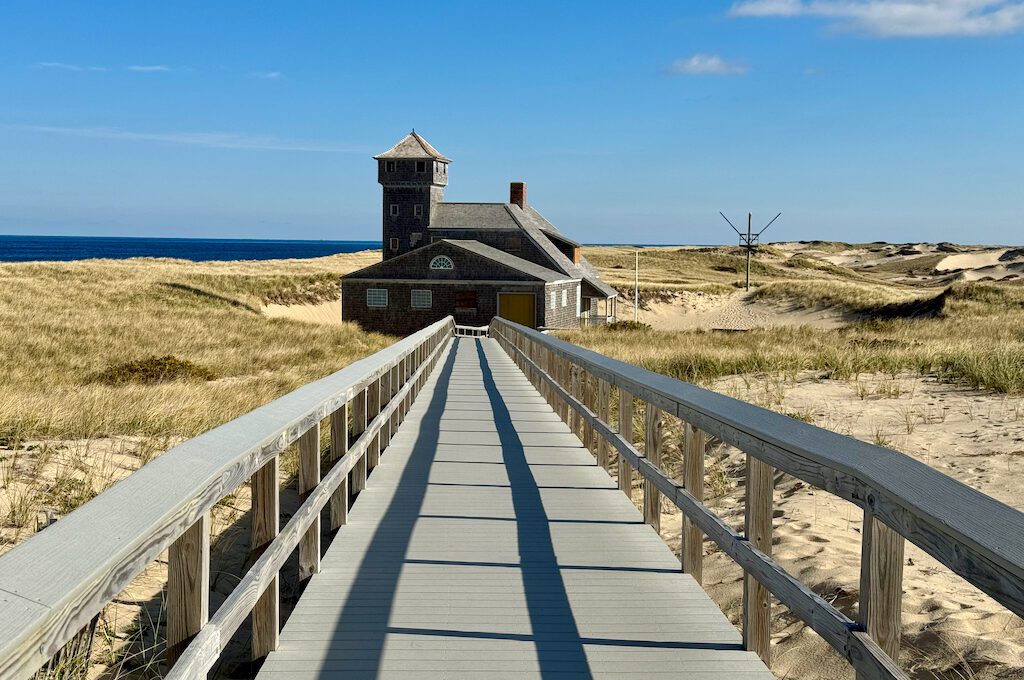
Don’t miss the Peace Corps Memorial as you continue your exploration.
Established by JFK on March 1, 1961, the Peace Corps was a visionary initiative aiming to foster mutual understanding between Americans and individuals in developing nations. This involved sending volunteers from the US to contribute their efforts overseas.
The memorial stands as a tribute to the fiftieth anniversary of the inception of the Peace Corps, embodying the spirit of global cooperation and shared humanity that JFK sought to cultivate.
The upcoming points of interest delve into the maritime legacy of the Kennedys.
First on the list is the Cape Cod Maritime Museum, featuring a replica of the 1886 Crosby Catboat. This catboat, named Sarah, was inaugurated by Senator Ted Kennedy in 2007. Picture the ceremony unfolding right at the marina, precisely where the trail marker stands.
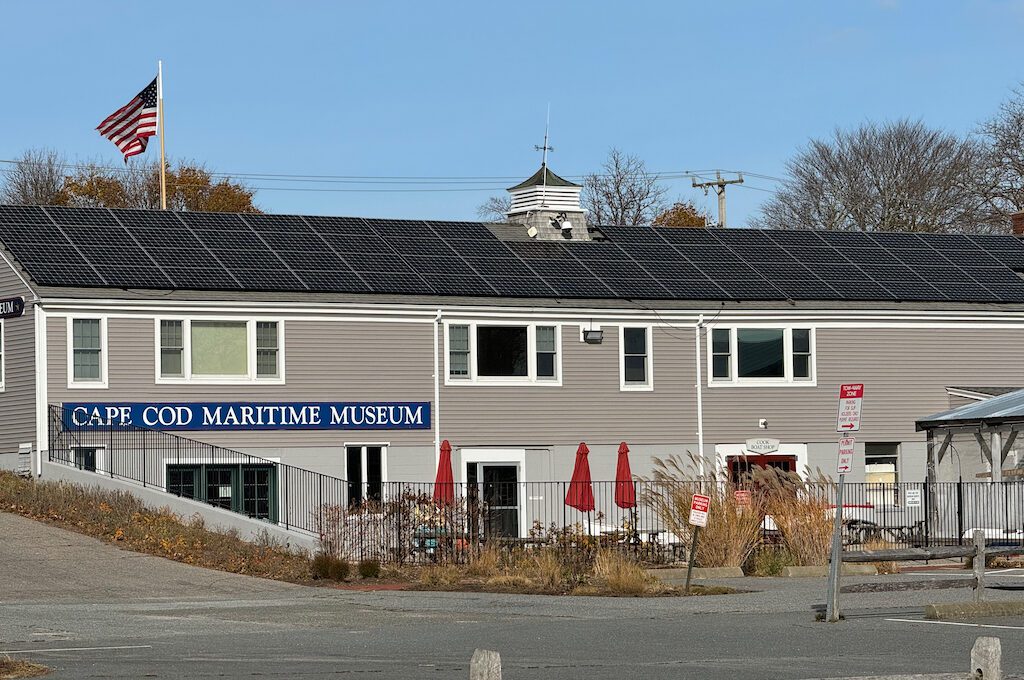
Moving on, the subsequent stop invites you to delve deeper into the tradition of Kennedy sailing—a pastime synonymous with this influential family. Explore the rich maritime history that has long been one of the most cherished pursuits of the Kennedys.
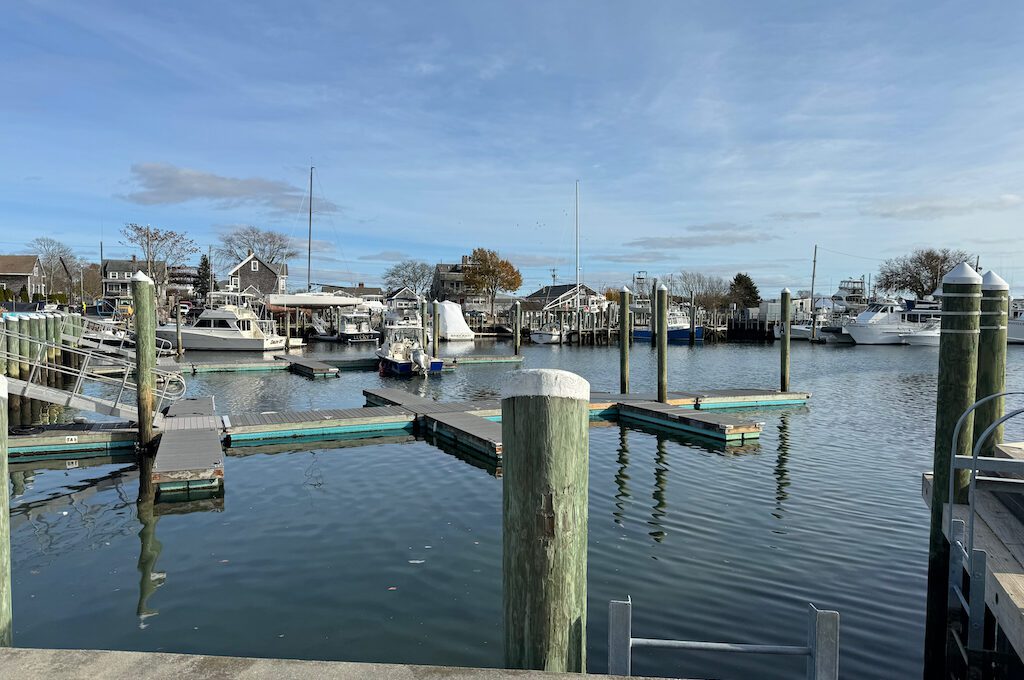
From Hyannis Harbor, your next and final destination is the JFK Memorial. While it’s a walk of about 15 to 25 minutes, consider driving over and finding parking for convenience.
During the summer, a fountain graces the memorial, though our November visit found it in repose. Despite its minimalist design, the memorial exudes a captivating beauty.
Our visit serendipitously coincided with the day before the 60th anniversary of JFK’s passing. At the memorial, we noticed a poignant touch – a scattering of flowers left by individuals paying their respects. It added a moving dimension to the experience.
Don’t miss the adjacent Korean War memorial, adding another layer of historical significance to your exploration.
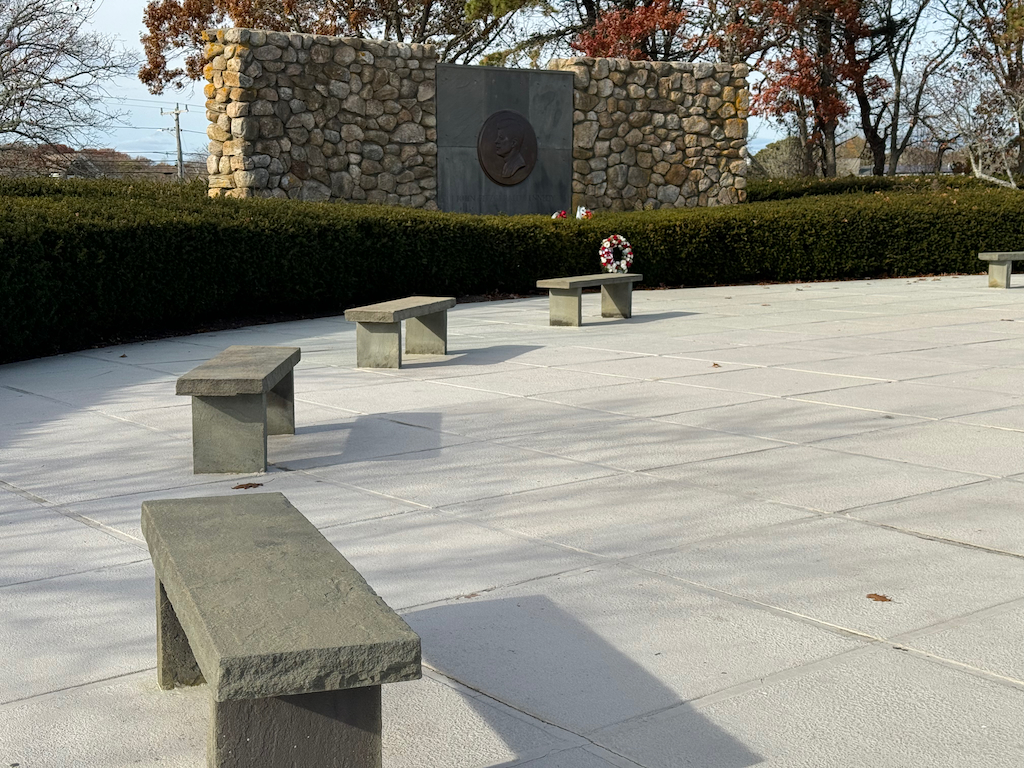
Final word
I thoroughly enjoyed immersing myself in the historical sites associated with JFK and the broader Kennedy family. While the trail markers might not offer a complete context, a bit of prior research or a virtual tour can fill in those informational gaps.
Nonetheless, it’s a pleasant amble through this historic town, providing a tangible link to JFK’s legacy. If you’re a JFK history buff, it’s definitely an intriguing experience that adds an extra layer of fascination to your visit.
Daniel Gillaspia is the Founder of UponArriving.com and the credit card app, WalletFlo. He is a former attorney turned travel expert covering destinations along with TSA, airline, and hotel policies. Since 2014, his content has been featured in publications such as National Geographic, Smithsonian Magazine, and CNBC. Read my bio.

